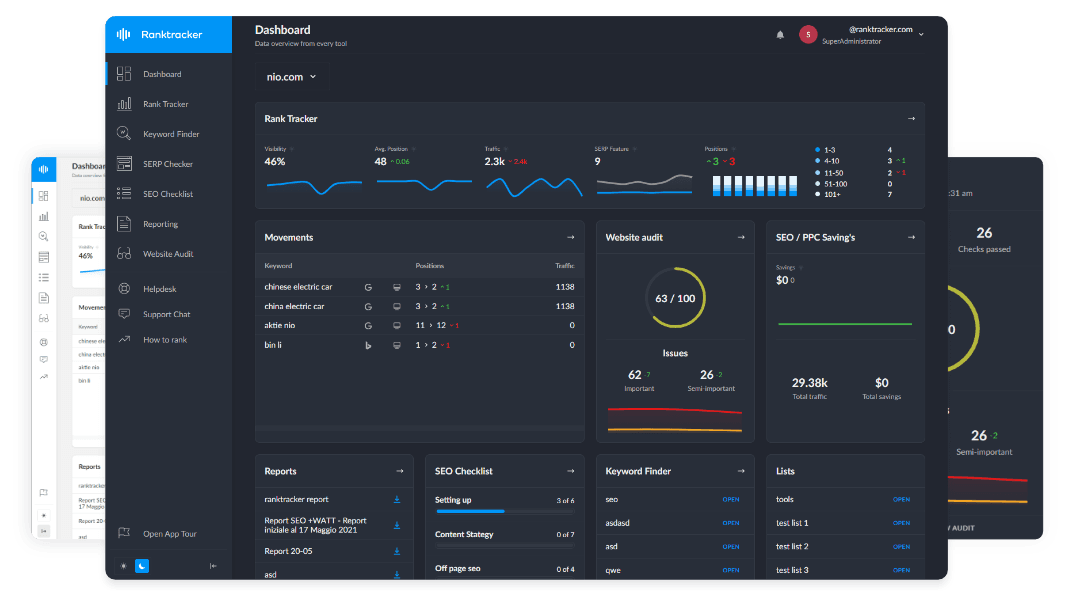Intro
Semantic annotations are tags, metadata, or structured data elements that provide additional meaning and context to web content. They help search engines understand relationships between entities, improving rankings and SERP features.
Why Semantic Annotations Matter:
- Improve Google’s ability to understand content context.
- Enhance search visibility through rich results and knowledge panels.
- Support voice search and NLP-driven search queries.
- Strengthen topical authority and entity recognition.
How Search Engines Use Semantic Annotations
1. Google’s Knowledge Graph & NLP Algorithms
- Identifies entities and relationships through structured data.
- Uses BERT & MUM algorithms to process context-rich search results.
2. Schema Markup & Structured Data
- Provides explicit metadata about content types.
- Enables rich snippets, FAQs, and event listings in SERPs.
3. Entity Tagging & Named Entity Recognition (NER)
- Maps entities to Google’s Knowledge Graph.
- Improves semantic search relevance and context awareness.
Types of Semantic Annotations in SEO
✅ 1. Schema Markup (Structured Data)
- Implements JSON-LD, Microdata, or RDFa for entity recognition.
- Common types:
- Article Schema (for blogs & news)
- Product Schema (for eCommerce pages)
- FAQ Schema (for common queries)
✅ 2. Metadata Annotations
- Includes meta titles, descriptions, and alt text.
- Helps with search intent alignment and accessibility.
✅ 3. Entity-Based Annotations
- Uses named entity recognition (NER) to tag important concepts.
- Example: “Elon Musk” as a “Person” associated with “Tesla” and “SpaceX.”
✅ 4. Lexical & Syntactic Annotations
- Mark synonyms, keyword variations, and topic clusters.
- Helps Google identify related concepts and improve rankings.
How to Implement Semantic Annotations for SEO
Step 1: Use Schema Markup
- Apply structured data using Google’s Schema Markup Generator.
- Validate with Google’s Rich Results Test.
Step 2: Optimize Metadata
- Ensure keyword-rich, descriptive meta tags.
- Use OG (Open Graph) & Twitter Cards for better social media previews.
Step 3: Tag Entities & Topics
- Use Google’s Natural Language API to identify key entities.
- Improve content structure to reinforce semantic relationships.
Step 4: Strengthen Internal Linking
- Connect related articles with contextual anchor text.
- Ensure topic clusters are semantically grouped.
Measuring the Impact of Semantic Annotations
Tools to Use:
- Google Search Console (Structured Data Reports)
- Ranktracker’s SEO Tools (SERP & keyword analysis)
- Google’s NLP API (Entity & sentiment recognition)
Conclusion: Boost SEO with Semantic Annotations
By using semantic annotations, websites can enhance search engine understanding, increase visibility in SERPs, and improve content relevance. Implementing structured data, entity tagging, and NLP-based optimizations will future-proof your SEO strategy.
For expert SEO tools, explore Ranktracker’s advanced SEO solutions and optimize your content for semantic search today!

